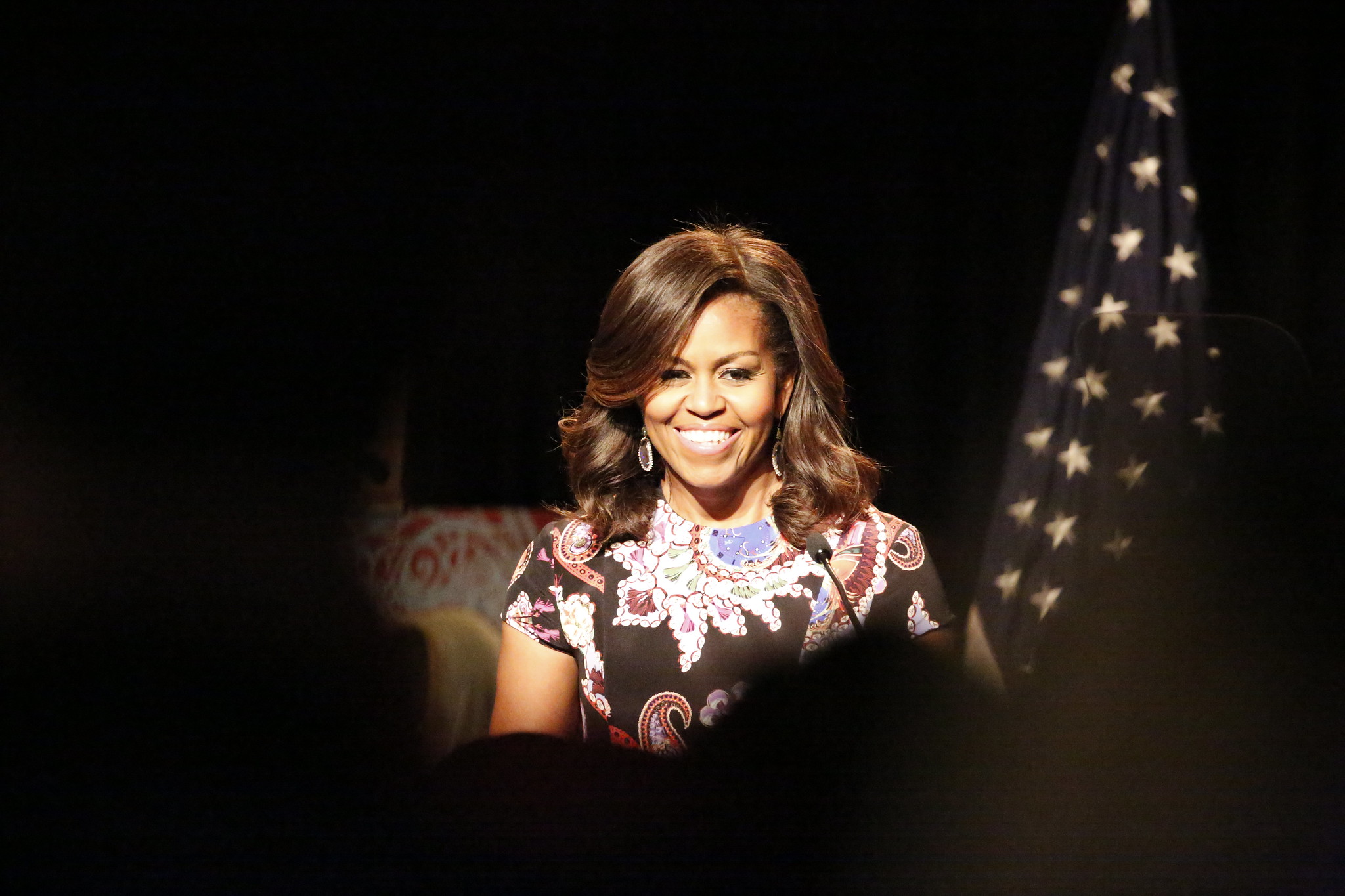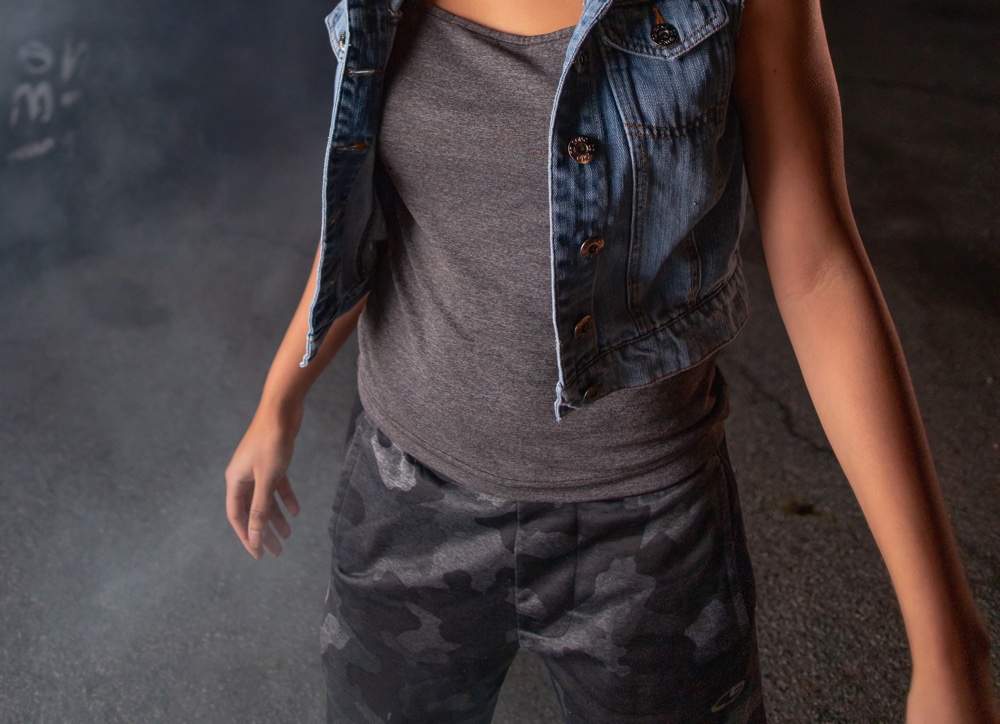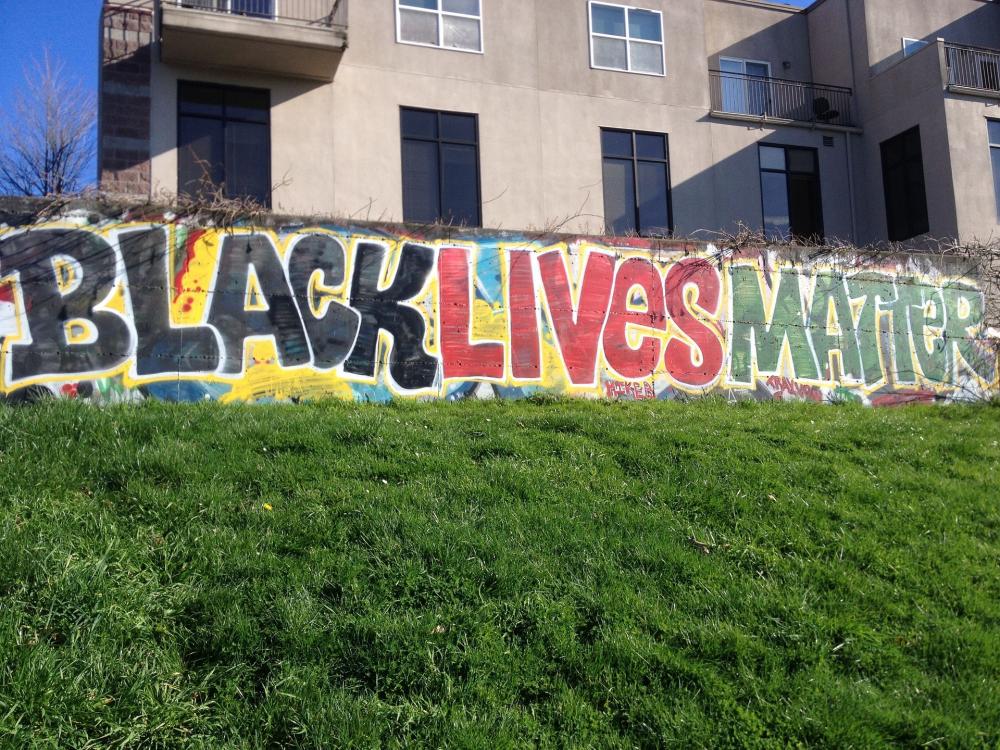Interviews
Jabari Asim Is Bringing Black Minds and Black Bodies to the Front
The author of “We Can’t Breathe” on appropriation, Black suffering, and Janelle Monae

Jabari Asim’s newest essay collection, We Can’t Breathe, is a masterful dissertation on Black culture, Black art, personal and American history. It is a beautiful mix of unpredictable narrative and prose that kept me engaged and enthralled from beginning to end. We Can’t Breathe gave me the impression of sitting with a respected friend and listening to him wax poetic on the nature of white lies (and white people lying), Cadillacs and Cadillac Records, and what is or what feels to be authentically Black. I read this book with a pen in my hand, underlining and dog-earing pages in this exquisitely written and tight collection. Each essay left me shaking my head “yes” and feeling just a little smarter and more engaged with my world and my culture.
Jabari Asim is the author of six books for adults and nine books for children. He is an associate professor of writing, literature, and publishing at Emerson College and was the editor-in-chief of the NAACP’s Crisis magazine. Asim is limitless in his discourse on Black art, language, and existence having appeared on The Colbert Report, Hannity & Colmes, The Today Show, NPR’s Morning Edition, Tavis Smiley and many other programs discussing Black lives and social/economic problems.
Jabari and I chatted about his inspiration for this collection, whether or not appropriation is always a bad thing, and whether Black art can exist without suffering.

Tyrese L. Coleman: I could not put this book down. Aside from how well-written it is, I enjoyed the mix of academic, political, and personal essaying. How did you decide to combine these particular pieces into a collection?
Jabari Asim: Thanks for the kind words. I compiled a list of issues and subjects that had attracted my curiosity of late, then I set about trying to figure out what I had to say about them. I had been entertaining a few ideas about the role of reading in childhood, for instance, and I had begun to re-read a number of books I had first encountered during my primary-school days. That preoccupation led to “The Seer and the Seen.” “Getting It Twisted” emerged from observations about language, power, and disagreements over the nature of reality. Ultimately I felt it was important to keep the collection concise and portable. I didn’t want to risk overstaying my welcome.
TLC: Speaking of the combination between academic, political, and personal, when it comes to topics pertaining to “Black Lives, White Lies, and The Art of Survival” do you believe it is possible to even separate the academic and political from a personal perspective?
JA: I think I like “thoughtful” more than “academic.” No, I don’t believe it’s possible, not even if one tries his utmost. Of course, I’m not really aspiring to that kind of separation. For me, writing personal essays is most satisfying when I’m able to incorporate all the things I am.
For me, writing personal essays is most satisfying when I’m able to incorporate all the things I am.
TLC: I’m also wondering whether that third aspect, the personal, is what differentiates “the thing itself,” a sense of authenticity which you describe as “some intangible quality derived from Black people’s history not on this continent but on this planet” from work by non-Black writers taking up Black discourse or topics relating to Black experiences.
JA: The most frustrating thing about my experience of blackness is my inability to wrap neither my consciousness nor my imagination all the way around it. It is constantly changing shape, wonderfully complex and reliably mesmerizing. Therefore I’m hesitant to rely too much on words like “authenticity” and “genuine”; I think I know Blackness when I’m feeling it, and I think I notice its absence when I’m not feeling it. One doesn’t have to be Black to successfully render Blackness in a cultural context but an artist’s Blackness or lack of it inevitably factors in how that art is made. I’m able to appreciate culture by non-Black people that addresses Blackness, such as Michael Roemer’s Nothing But A Man, for example, or Alice Neel’s portraits. That said, the art of Aretha Franklin, Nina Simone, and James Brown, to name just a few, manifests this wonderfully intangible quality that never completely leaves me, and I’m certain it’s a Black thing that causes that effect.
I think I know Blackness when I’m feeling it, and I think I notice its absence when I’m not feeling it.
TLC: One of my favorite essays in this collection is “The Elements of Strut” where you discuss the Black body, movement in various forms from walking to dance, and the difficulties of just living inside of a Black body, one you call “profoundly inconvenient.” It reminded me of Claudia Rankine’s discussion of Serena Williams in Citizen and how her body “got in the way” of the umpire’s sight of vision, and of course, the most recent U.S. Open where we saw her body being policed yet again, from her clothing choices to the coaching allegation. It seems to me that she is someone whose body is constantly scrutinized. Do you believe a Black body can or will ever go unseen or unregulated? Or maybe, is there or will there be a time where we are completely self-possessed?
JA: Well, other observers have said it far more eloquently than I can, but there’s this other side of living in a Black body that involves being excessively visible, to the point where one is seen in spaces where one is not in fact present. We might call it “phantom Blackness.” Once in court I opposed a policeman who testified that he’d seen me eluding law enforcement (in a car, mind you), when in fact I was many miles away, surrounded by witnesses. He testified that we had exchanged glances at an intersection, followed by me looking nervously away and speeding off. He had woven a richly layered narrative that sprung entirely from his imagination. That, to me, is indicative of the other side of invisibility. Taken together, these paradoxical phenomena raise yet another question: Is it possible for the living Black body to be at rest?
TLC: Whose strut are you admiring today and why?
JA: In the essay, I discuss the dancer Lil Buck as well as several other creative artists, including Janelle Monae. The first time I saw her “Tightrope” video, I watched it again and again, maybe a half-dozen times. Even now I occasionally turn to it to give me a boost like a multivitamin would, or to ease my malaise. I don’t just admire the ease and style with which some folks strut; I envy it. The way graceful Black bodies inhabit and engage with space is utterly marvelous.
This Anthology Is the Black Women’s Book Club You Always Wanted
TLC: In “The Seer and the Seen: On Reading and Being” and more pointedly, “The Thing Itself” you discuss literature, appropriation, the white gaze, whether or not a white artist can accurately interpret a Black narrative and interpreting art with the Black body and the Black narrative in mind. You seem to be suggesting that we look at potentially problematic art starting from an assumption that the artist is coming from a place of good (except in William Styron’s case…who knows where he was coming from). Are you attempting to defend controversial artists such as Shultz and Yerby in some way?
JA: Schutz and Yerby are in quite different positions. The former is operating from outside Black culture, the latter was creating from within. I’m less concerned with an artist’s intentions than with the consequences of their art, which, of course, they can’t control. What I really want to say is don’t censor creatives: let me, the individual observer, determine whether a work of art succeeds or violates my sense of propriety; don’t presume to make that decision for me.
TLC: While reading both of those essays, I thought of our current “call out” culture and internet intellectuals who weaponize the word “appropriation” (specifically and as an example, the impassioned debate over Bruno Mars and whether or not he is appropriating Black music). Where do you believe the line exists, if at all, between harmless mimicry, appreciation and appropriation? Is appropriation always bad?
JA: I think appropriation can certainly work as homage, and I use “appropriation” guardedly because I’m a writer whose influences are often so painfully obvious that it would be foolish of me to pretend that I’m a fount of original ideas. I think the discussion gets so much more complicated — and, often, painful — when elements such as profit and credit are factored in. What’s more, non-Black artists who comment on Black experience in their work must work extra hard to prove that they are not merely eroticizing Black suffering. Artists do that with wildly varying degrees of success.
Non-Black artists who comment on Black experience in their work must work extra hard to prove that they are not merely eroticizing Black suffering.
TLC: Can Black art survive as a commodity without the availability of suffering porn?
JA: It depends on who’s looking at it, listening to it, collecting it, profiting from it. Certainly when Black people make, receive, collect and share art, it can happen in a wonderful context that is enriching and not exploitative. When Black makers and receivers operate in their own space, unseemliness can still exist (think of all the misogynist art we have made, for example) but its likeliness is reduced. We’d also have to avoid overlooking the abundance of Black cultural production that, even when responding to the most challenging travails of our journey on these shores, transcends suffering even while portraying it. A corrupt gaze can reduce even that kind of art to tragedy porn, despite the artist’s best intentions. That’s one of the many predicaments involved in making culture: We can resist and discourage responses to our art that we deem inappropriate but we can’t prevent them. Still, we continue to create, despite everything. Frederick Douglass reminded us, “in the struggle for justice, the only reward is to be in the struggle.” Exchange “art” for “justice” and it still makes sense.








